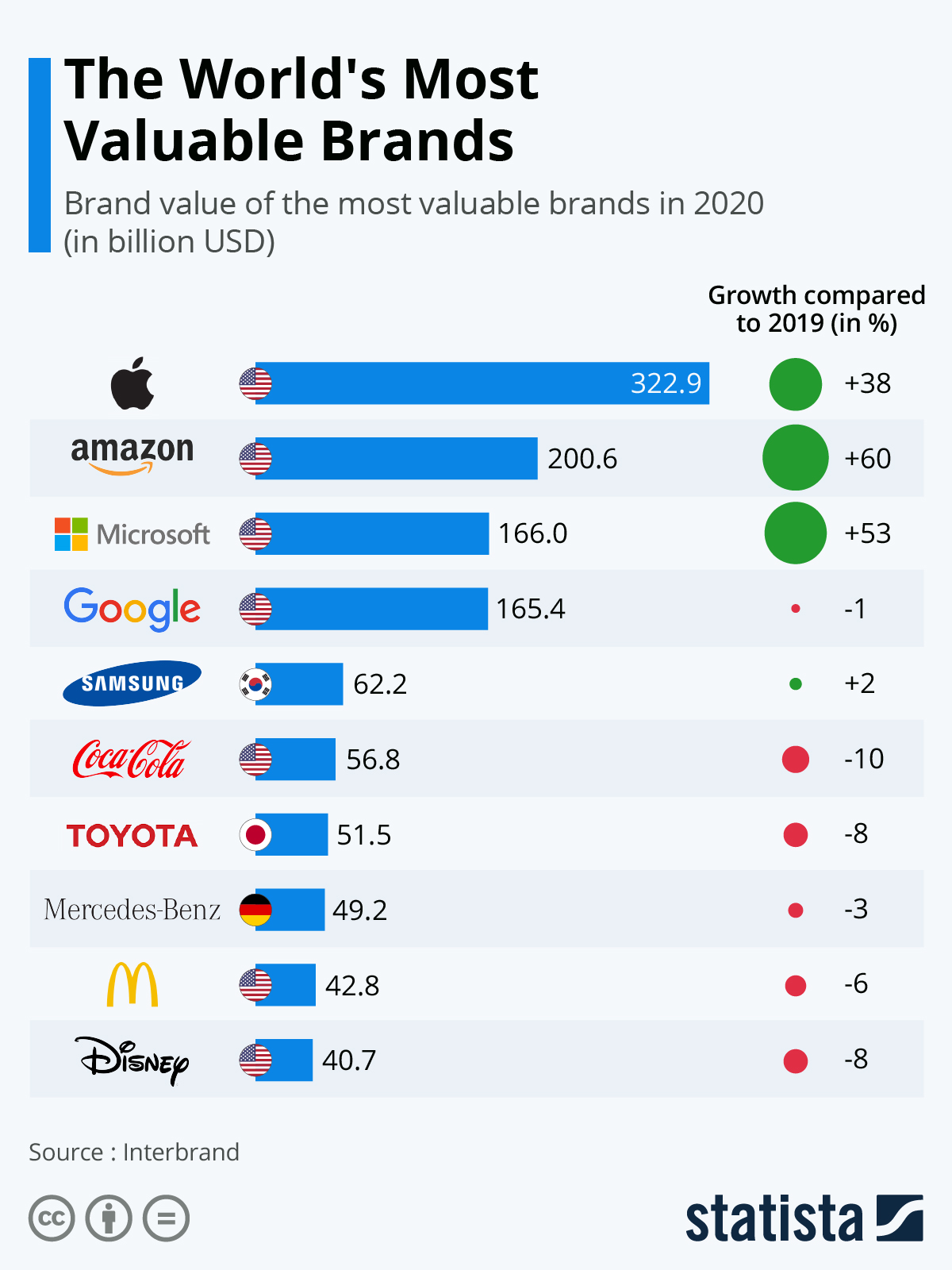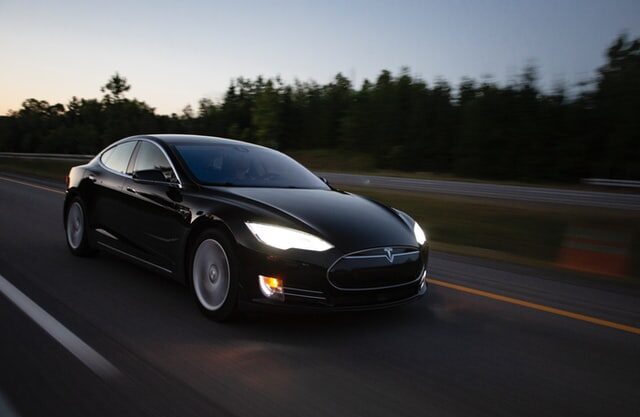I love Brands!
There is nothing like a Jack Daniels and Coke while hanging out with my friends, wearing my favorite pair of Levis, while sneaking a look at my messages on my OnePlus.
Hello! Doesn’t an iPhone fit far more naturally into that picture?
I bought my first Apple iPhone quite late. It was perhaps in the year 2015. I had been using a Samsung Note for many years, and then suddenly, one day, walking down my office corridor, I realized how the iPhone has suddenly seemed to have completely taken over.
I became a part of the loyal iPhone ecosystem for the next four years with an iPhone, iWatch & even a Mac until I decided to exit the same last year and move over to a One Plus mobile. I guess the value-sensitive Indian in me felt that a OnePlus at Rs 35,000 is just a steal against the latest iPhone X at Rs 70,000.
Apple is undoubtedly one of the world’s most loved brands, and there are ample reasons why it is so. The primary reason for Apple’s success has been its innovative marketing strategy and its continuous technology innovation. However, they have had a bumpy ride in India; let’s uncover what makes Apple such an iconic marketer and why sailing has not been as smooth for them in India.
 You will find more infographics at Statista
You will find more infographics at Statista
Apple through the Years
Apple is one of the Big Five US technology companies: Amazon, Google, Microsoft & Facebook. Apple is one of the world’s largest technology companies by revenue (totaling $274.5 billion in 2020) and, since January 2021, the world’s most valuable company.

Apple was founded by Steve Jobs, Steve Wozniak, and Ronald Wayne in 1976 to develop and sell Wozniak’s Apple I personal computer. The firm went public in 1980 and witnessed instant financial success. Jobs knew the power of marketing even in his early days, and the critically acclaimed advert “1984” powered the growth of the Macintosh in its early years.
However, the company saw more than its fair share of power struggles, and in 1985, Wozniak departed amicably, and Jobs resigned to found NeXT. In 1997, Steve & NeXt were brought back, and Steve revitalized the company through its “Think Different” campaign, launching the iMac and iPod and opening a retail chain of Apple Stores in 2001.
In 2007, the company launched the iPhone, its most successful & iconic product to date. In 2011 Jobs resigned as CEO due to health issues and died two months later. Tim Cook succeeded him.
Advertising has had a pivotal role in the Marketing Mix and strategy of Apple. Let’s first see how it has made the “Apple” brand so iconic before uncovering the rest of the Marketing Mix.
Now that’s a Cult Advertising Strategy from Apple!
The 1984 Advertising was perhaps one of the first initiatives by a Brand to use the power of the US Super Bowl to launch a new product, the Macintosh.
The Ad saw a lot of pushback from the Apple Board, who felt it was irresponsible, especially since it was not available in stores yet. Only partially in jest, Steve even offered to fund a part of the airing himself if the Board wouldn’t approve it.
Not only did it put the Macintosh on the runway of success and make Apple a cult brand, but it also set a new marketing ritual that cult brands have followed in the US. The brands have learned to use the US Super Bowl to gain instant stardom and awareness across the nation.
The ad was designed to show that the Macintosh would make Computers available to the masses and will no longer dominate the few. Many also saw the ad as an upstart in the form of the girl in the film taking on the might of big brother, IBM.
The next such cult TVC that sealed Apple & Steve’s status as the world’s most cult marketers was 1997 Think Different campaign credited with turning around Apple’s fortunes.
The television commercials featured video footage of influential people from different nationalities, including Albert Einstein, John Lennon, Martin Luther King, Mahatma Gandhi, Bob Dylan, Alfred Hitchcock, Muhammad Ali, and Picasso. It cemented Apple’s position as the world’s most innovative company.
The 2006 “Get a Mac” campaign was perhaps one of the most provocative examples of a ‘Steal Share’ advertising, directly pitching the Mac as a cooler cousin of the PC, which is better for lifestyle usages like music and websites, etc.
Their latest Christmas Ad – Holiday – Share Your Gifts is no less heartwarming! This subtly highlights how Apple devices can enable you to share what you can and share your gifts with the world.
Why do you never see any social media post from Apple?
Apple’s Marketing Strategy Beyond Advertising!
However, the marketing genius of Apple goes way beyond just advertising. It’s no wonder that Apple has been voted a winner across several CMO and Marketing Surveys consecutively for over a decade. The key principles that are dear to Apple marketing globally are as follows.
Power of Simplicity:
Apple makes the most technically complex products in a straightforward form. Apple likes to retain the complexity with the development team, while all the consumer hears, feels & sees are straight clean lines.
This simplicity is about the usage of products and includes the naming of products (iPhone 1-12) and even how their representatives communicate what they do. So you will never find flashy graphics, technical mumbo jumbo, or clunky features that give consumers the impression that the products are ideal for non-experts!
An immersive product ecosystem:
Apple offers an ecosystem that extends far beyond just the iPhone to your Mac, iTunes, Apple Pay, Pasture which delivers an unblemished Apple experience.
This ensures that your interaction with the brand and its products is smooth, integrated, and seamless.
The Ultimate Shopping Experience:
The next ‘P’ that Apple excels at is how it has gone about in building aspirations for Premium Smartphones by creating stunning experiences. At the center of the “Apple experience” is the Apple store!
The classic Apple store feels like stepping into the future with its glass walls, stunning wood-based interiors, and exceptionally well-trained & passionate representatives.
Foster a Community of Evangelists:
Another ‘P’ that Apple invests on is ‘People’ or its own consumers. Apple creates youth programs, such as free classes for children who are learning to code, thus capturing the attention of future consumers. The idea of community has made Apple turn its retail locations into “town squares,” which are open 24 hours with free Wifi, public seating & weekend concerts.
Premium Pricing that funds all of the above:
Apple rarely runs aggressive price promotions in the West and, in fact, has a MAP (Minimum Advertised Price) which it uses to keep its Prices consistent across its own stores, resellers, and dealers.
How Apple sells higher-priced products by building an affinity for its lower-priced product?
This strategy allows Apple to hold its profit margins that in turn funds its innovation and its exceptional focus on the product experience.
The Economics of Apple One: Pricing Strategy
Organic brand building:
Finally, Apple prefers to build its brand through positive reviews, seamless product placements in the movies rather than conventional advertising.
This is a brilliant marketing strategy by Apple in its home market as it lends an air of authenticity and reinforces existing perceptions in a market that has been the home of the Brand.
The India Marketing Strategy of Apple
Apple has a market share of 14% in the Global Smart Phone Market versus 19% for Samsung. However, in India Apple has less than 3% Share of the Smartphone Market versus 18% for Samsung.

Let’s now discuss the challenges that Apple has faced in India & how it’s overcoming them step-by-step.
Apple has been a late entrant in the Indian market and until quite recently was seeing declining or stagnant volume owing to several challenges in their marketing mix.

The first being pricing. The cost of the latest model of an iPhone a few years back was stratospheric at between 70-100,000 INR. To add insult to injury, these prices were 30% higher than the price of the same model in the Middle East or the US.
The reason for this was that Apple was amongst the only major smartphone manufacturers not to have a manufacturing facility in the country. They were only reassembling some low-cost older models through a Wistron Corp in Bengaluru. Hence, Apple had to pay a duty that was passed on to the consumer to a higher MRP.
The next was their product mix. While Indians are value-sensitive, the Apple strategy of selling older low-cost models further tarnished the luster from premium players. Indians quickly realized that One Plus not only offers lower prices but also the latest features.
The third reason was the “missing” apple experience. Owing to regulatory hassles, Apple was unable to establish its own store. Hence, the magical retailing experience of Apple and the immersive ecosystem of Mac, Apple Pay, etc., was missing from our lives.
And finally, the lack of localization of various Apple services.
- Google maps is very powerful in navigating local destination in India while Apple map struggles.
- Google’s voice assistant, speech recognition, works well with an Indian accents while Apple still hasn’t built in similar features.
- Apple Pay is not available for the Indian audience.
- And perhaps the most important, it’s a lot cheaper to develop apps for Android than for Apple.
This made the Apple experience a far cry from the unblemished experience one has in the West.
 You will find more infographics at Statista
You will find more infographics at Statista
Bouncing back in India
Despite being a late mover, Apple has finally started focusing on the country due to many reasons.
- The first being that India has recently (2020) become the world’s second-largest smartphone market.
- The second is that Apple has lost massive market share in China to lower-priced locally bred competition like Oppo, Vivo & Huawei and,
- The third is the ongoing trade war between China & the US and Apple is keen on China +1 strategy.
All of the above factors made winning in India crucial for Apple, and the company has just seen its best quarter ever in 20-21, where they grew by 100% year on year, doubling their market share to 4%.
The pandemic clearly had a role to play with Indians unable to travel and buy Apple devices abroad and the affluent Indians splurging more on expensive devices in place of foreign vacations. Yet there are also some parts of India-specific Apple’s marketing strategy that are starting to come together.
The first is the fact that Apple has finally been able to open its online store in the country and offered its customers a wide range of financing and upgrade options. Also, the company is poised to open its first physical retail store later this year.
Secondly, from a Product & Pricing strategy perspective, the new affordable Apple SE appears to be a big hit with the Indian consumer & with budget-conscious consumers across the world.
However, if Apple truly wishes to replicate in India the magic created in the west with its community building and organic marketing initiatives, it would have to customize its marketing strategy. Apple needs to understand the psychology of Indian customers. They desire premium while remaining cost-conscious. Indian customers’ loyalty lies towards value, not brand. Period.
Maybe then, I would consider moving back to an iPhone!
-AMAZONPOLLY-ONLYWORDS-START-
Also, check out our most loved stories below

Why did Michelin, a tire company, decide to rate restaurants?
Is ‘Michelin Star’ by the same Michelin that sells tires, yes, it is! But Why? How a tire company evaluations became most coveted in the culinary industry?

Starbucks prices products on value not cost. Why?
In value-based pricing, products are price based on the perceived value instead of cost. Starbucks has mastered the art of value-based pricing. How?

Nike doesn’t sell shoes. It sells an idea!!
Nike has built one of the most powerful brands in the world through its benefit-based marketing strategy. What is this strategy and how Nike has used it?

Domino’s is not a pizza delivery company. What is it then?
How one step towards digital transformation completely changed the brand perception of Domino’s from a pizza delivery company to a technology company?

Why does Tesla’s Zero Dollar Budget Marketing Strategy work?
Touted as the most valuable car company in the world, Tesla firmly sticks to its zero-dollar marketing. Then what is Tesla’s marketing strategy?

Apple – A Unique Take on Social Media Strategy
Apple’s social media strategy is extremely unusual. In this piece, we connect Apple’s unique and successful take on social media to its core values.
-AMAZONPOLLY-ONLYWORDS-END-

















